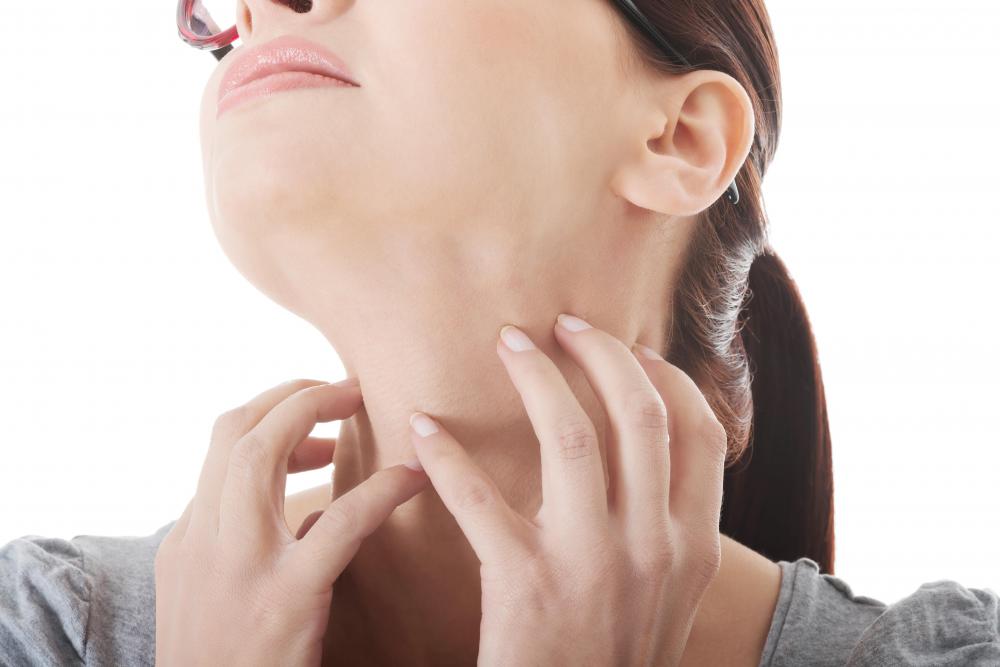At TheHealthBoard, we're committed to delivering accurate, trustworthy information. Our expert-authored content is rigorously fact-checked and sourced from credible authorities. Discover how we uphold the highest standards in providing you with reliable knowledge.
What Is Pityrosporum Folliculitis?
Pityrosporum folliculitis (PF) is one of the skin conditions caused by the yeast Malassezia furfur, and is also called malassezia folliculitis. It is characterized by inflammation and manifests as an itchy or pruritic skin lesion on the upper trunk. Pityrosporum folliculitis is diagnosed based on the presence of raised, itchy lesions called papules and pustules, and often affects young or middle-aged adults. It is distributed on hair follicles of the back and chest. The neck and the upper arms may occasionally be involved, but the face is rarely affected.
Malassezia furfur is yeast that causes several mycosis-related cutaneous conditions, such as seborrheic dermatitis or dandruff, tinea versicolor, atopic dermatitis, and folliculitis. Patients who have pityrosporum folliculitis often have coexistent seborrheic dermatitis. The causative agent was initially classified as pityrosporum yeast, specifically Pityrosporum ovale and Pityrosporum orbiculare, but these species were later reclassified into the Malassezia genus. Malassezia species are considered superficial mycoses because they generally do not invade beyond the cornified or keratinized layer of the skin. Pityrosporum folliculitis is unique because it invades the deeper and central parts of the hair follicles.

The causative agent is lipophilic, or oil loving, so it thrives in the environment of the hair follicle, where numerous sebaceous or oil glands are located. Fatty acids are released when the pityrosporum yeast becomes overabundant because of the favorable environment, which results in plugging of the hair follicle. These events induce a cell-mediated immune response and activate the complement pathway. The end result is inflammation, which manifests as itchiness, swelling of the hair follicles, redness, and pus formation.

Additionally, the pityrosporum yeast is most abundant on the back, chest, shoulders, scalp, and upper arms, which are the areas where this condition most often develops. When these areas are examined under an apparatus called a Wood’s lamp, they fluoresce or emit a bright blue or white light. The affected areas may be scraped off to get a sample for microscopic examination. When potassium hydroxide (KOH) is added to this sample, the yeasts may be visualized. Further testing, such as a culture or skin biopsy, is rarely done.

Topical and oral antifungals are used to treat pityrosporum folliculitis. Oral medications are considered more effective because the lesions can immediately clear upon intake. Some oral antifungals used for this skin disorder are ketoconazole, itraconazole, and fluconazole. Shampoos with topical ketoconazole may be added to make the treatment more effective.
AS FEATURED ON:
AS FEATURED ON:
















Discuss this Article
Post your comments